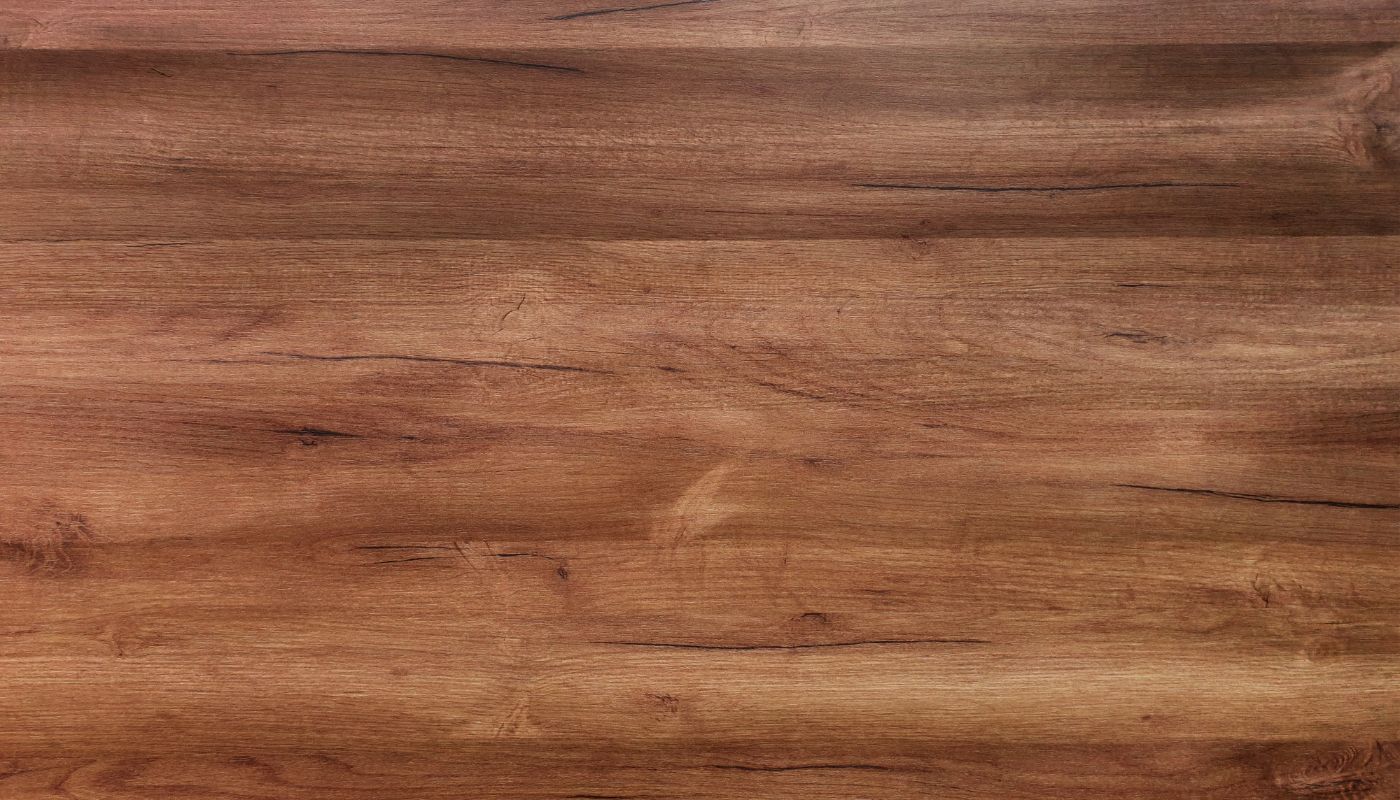From Farmhouse to Coastal Modern: Wide Plank Hardwood Done Right

Walk into a renovated Portland farmhouse and the floor often steals the show. Wide planks—those generous boards that run five to twelve inches across—deliver a calm, seamless look that strip flooring can’t match. Once a colonial staple, wide plank hardwood is back, and it’s not a fad. It’s a practical, design-forward choice that pairs beautifully with coastal Maine architecture and modern interiors alike. If you’re comparing options or searching for hardwood flooring services Portland ME, this guide breaks down what to know, how to plan your project, and how to maintain your investment for decades.
What Counts as “Wide Plank”?
“Wide plank” typically refers to boards wider than five inches. Common sizes are 7½”, 8″, 9″, and even 10–12″ for dramatic spaces. Lengths are often longer, too—many premium products average 6–8 feet, which reduces seams and delivers a high-end, uninterrupted look.
Solid vs. Engineered Wide Plank
- Solid hardwood (¾”) is milled from a single piece of wood. It offers a traditional feel and can be sanded multiple times over its life.
- Engineered hardwood sandwiches a real hardwood wear layer over a stable plywood or HDF core. It’s often the better pick for basements, condos, radiant heat, or coastal humidity swings common around Portland Harbor.
Both can be top-tier. Your installer’s expertise and the environment under your floor often matter more than the product label.
Why Wide Plank Is Back (and Here to Stay)
The Design Advantage
Wide boards emphasize grain, calm visual lines, and a sense of space. They make small rooms feel larger and open-concept spaces feel intentional. In historic homes in the West End or Deering Center, they echo original period details; in new builds on the outskirts of Portland, they add warmth to clean, modern lines.
Fewer Seams, More Character
Traditional 2¼” strips can look busy. Wide planks reduce the number of seams and show off the natural character of oak, hickory, or walnut. Knots, medullary rays, and sap lines become design features rather than imperfections.
Compatible With Today’s Lifestyles
Factory-cured, industry-leading finishes are tough, low-gloss, and user-friendly to maintain. Engineered platforms are high-performance and stable, making wide planks a reliable choice for families, pets, and Maine’s four-season climate.
Best Species for Maine Homes
- White Oak: The modern favorite. Neutral undertones, excellent hardness, and beautiful grain. Takes stain evenly from pale natural to rich espresso.
- Red Oak: Classic, slightly rosier tone; great value and widely available.
- Hickory: Very hard with bold variation—ideal for rustic or farmhouse styles.
- Maple: Smooth, contemporary look; lighter and more subtle grain.
- Walnut: Luxurious and dark; softer than oak, so better for lower-traffic areas or owners who accept a lived-in patina.
- Pine (Eastern White): Historically accurate for older Maine homes; softer, charming, and patinas quickly—perfect if you want that “been here forever” feel.
When consulting hardwood flooring services Portland ME, ask to see full-length boards in daylight. Short samples rarely capture color and grain variability.
Finishes, Sheens, and Color Trends
- Matte & Low-Sheen Polyurethane: The top-rated choice for a natural, low-glare look that hides scratches well.
- Hardwax Oil/UV-Oil: Penetrating finishes with a soft, warm feel. They’re innovative and easy to spot-repair, though they may need more routine care.
- Natural & Light Stains: Scandinavian-inspired tones are cutting-edge for bright, airy rooms.
- Mid-Browns & Greige: Timeless and proven to boost resale appeal.
Installation Essentials in Portland, ME
Moisture and Acclimation
Maine winters are dry; summers can be humid. Keep indoor relative humidity between 30–50% year-round. Acclimate your flooring per the manufacturer’s guidance—often 3–7 days for engineered and a bit longer for solid—so moisture content stabilizes before install.
Subfloor Prep
A results-driven install starts with a flat, dry subfloor. For nail-down, ¾” plywood is common. For glue-down or floating installations (popular with engineered wide plank), check flatness carefully—wide boards telegraph subfloor irregularities more than narrow strips.
Radiant Heat Compatibility
Many engineered wide-plank lines are rated for hydronic radiant heat, a frequent upgrade in coastal renovations. Follow temperature limits and use appropriate underlayments.
Fastening Methods
- Nail/Staple Down: Traditional, secure, and reliable for solid or engineered over plywood.
- Glue Down: Enhances stability and reduces hollow sounds; often recommended for very wide boards.
- Floating: Faster and affordable; best with rigid, engineered options and quality underlayment.
Sizing, Layout, and Room Planning
- Board Width: 7–9″ is a sweet spot for most Portland homes; 10–12″ is stunning in large, open rooms.
- Mixed Widths: Combine 7″, 9″, and 11″ for an authentic, old-world feel.
- Direction: Run with the longest sightline or perpendicular to joists; consider light direction from coastal windows to minimize end-joint shadowing.
- Thresholds & Transitions: Keep them low-profile to maintain the wide-plank flow between rooms.
Budgeting and Value
Pricing varies by species, grade, finish, and installation complexity. As a general guide for the Portland area:
- Engineered wide-plank oak: Material often ranges from moderate to premium; installed totals can land in the low-to-mid teens per square foot depending on product and scope.
- Solid wide-plank: Typically higher due to milling, acclimation, and fastening needs; custom stains and site finishing add to the budget.
Wide planks can add perceived value and help listings stand out—a scalable upgrade that feels premium without a full gut renovation.
Real-World Case Study: West End Portland Renovation
Home: 1910 shingle-style in the West End, Portland, ME
Scope: 1,100 sq. ft. main level (entry, parlor, dining, kitchen)
Goal: Retain historic character while brightening dark rooms and simplifying cleaning.
Solution:
- Selected 8″ engineered white oak, select grade, with a matte, UV-cured finish for industry-leading scratch resistance.
- Subfloor was leveled to within ⅛” over 6 feet to meet manufacturer specs—a critical step for wide boards.
- Install method: full trowel glue with perimeter nailing at the first and last rows for rock-solid stability.
- Color: natural tone with a slight whitewash to neutralize ambering and bounce more light into the kitchen.
- Climate plan: whole-home humidifier set to 35–40% RH in winter and a dehumidifier-ready HVAC setting for humid summer weeks.
Results:
- The main level felt noticeably larger and calmer.
- The owners reported less visible dust and easier sweeping due to fewer seams.
- A local agent’s feedback noted the floors were a “showpiece” during walkthroughs, aligning with results-driven resale goals.
- Total project timeline (material order to final walk-through): roughly four weeks, including a week of acclimation and two weeks of installation and detail work.
Maintenance: Keep Wide Planks Looking Their Best
- Daily/Weekly: Vacuum with a soft-brush head; dry microfiber dusting.
- Spills: Wipe immediately—standing water is the enemy.
- Cleaners: Use manufacturer-approved, user-friendly hardwood floor cleaner; avoid vinegar or steam.
- Furniture Pads & Rugs: Felt pads everywhere; breathable rug pads in entryways.
- Seasonal RH Control: Humidify in winter, dehumidify in summer to minimize gaps or cupping.
- Refresh: Hardwax oil floors can be refreshed with a maintenance oil; polyurethane can be screened and recoated when traffic lanes dull.
Common Mistakes to Avoid
- Skipping moisture testing and acclimation.
- Installing over an uneven subfloor.
- Using the wrong underlayment or adhesive.
- Choosing a glossy finish that highlights every scuff.
- Failing to plan for transitions and stair nosings before ordering.
How to Choose the Right Provider for Wide Plank Floors
When you evaluate hardwood flooring services Portland ME, look for a trusted, well-experienced team that can:
- Provide on-site moisture readings and a written acclimation plan.
- Show full-length sample boards, not just chips.
- Explain installation options (nail, glue, float) and why one fits your project.
- Offer clear maintenance guidance and finish warranties.
- Share recent local projects or references in neighborhoods like Munjoy Hill, East End, or the Old Port.
A top-rated, reliable installer brings innovative problem-solving to older homes—shimming joists, correcting squeaks, and addressing transitions for a tight, quiet floor.
Frequently Asked Questions
Are wide planks more likely to gap in winter?
Any wood floor can gap when indoor humidity drops, but proper acclimation, stable engineered cores, and maintaining 30–50% RH will minimize movement. Your installer should discuss seasonal expectations upfront.
Can I put wide plank hardwood over radiant heat?
Yes—many engineered products are approved for hydronic radiant systems. Follow surface temperature limits and use the adhesive or underlayment specified by the manufacturer.
What’s the best width for small rooms?
Seven to eight inches is a safe, proven choice. It broadens the look without overwhelming a compact living room or bedroom.
Prefinished or site-finished?
Prefinished offers factory durability and faster, cleaner installs. Site-finished allows custom colors and perfectly flush seams. Both can be best-in-class when done well.
How long will wide plank floors last?
With routine care and periodic recoats, quality wide-plank floors can last decades. Solid floors may be sanded more times; engineered floors with thick wear layers also have long service lives.
Final Thoughts
Wide plank hardwood floors deliver timeless style with modern performance. From the calm visuals to the high-performance finishes, they bring serious design value to Portland homes—whether you’re restoring a historic West End gem or finishing a new build near Back Cove. If you’re comparing hardwood flooring services Portland ME, D&T Hardwood Floors offers the craftsmanship, moisture management expertise, and clear installation planning you need. Their team ensures a reliable, beautiful floor that feels custom—and looks better with every season.



